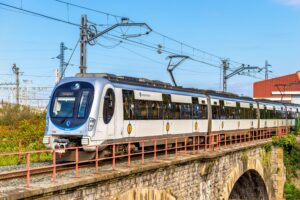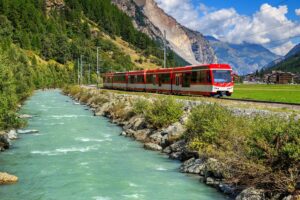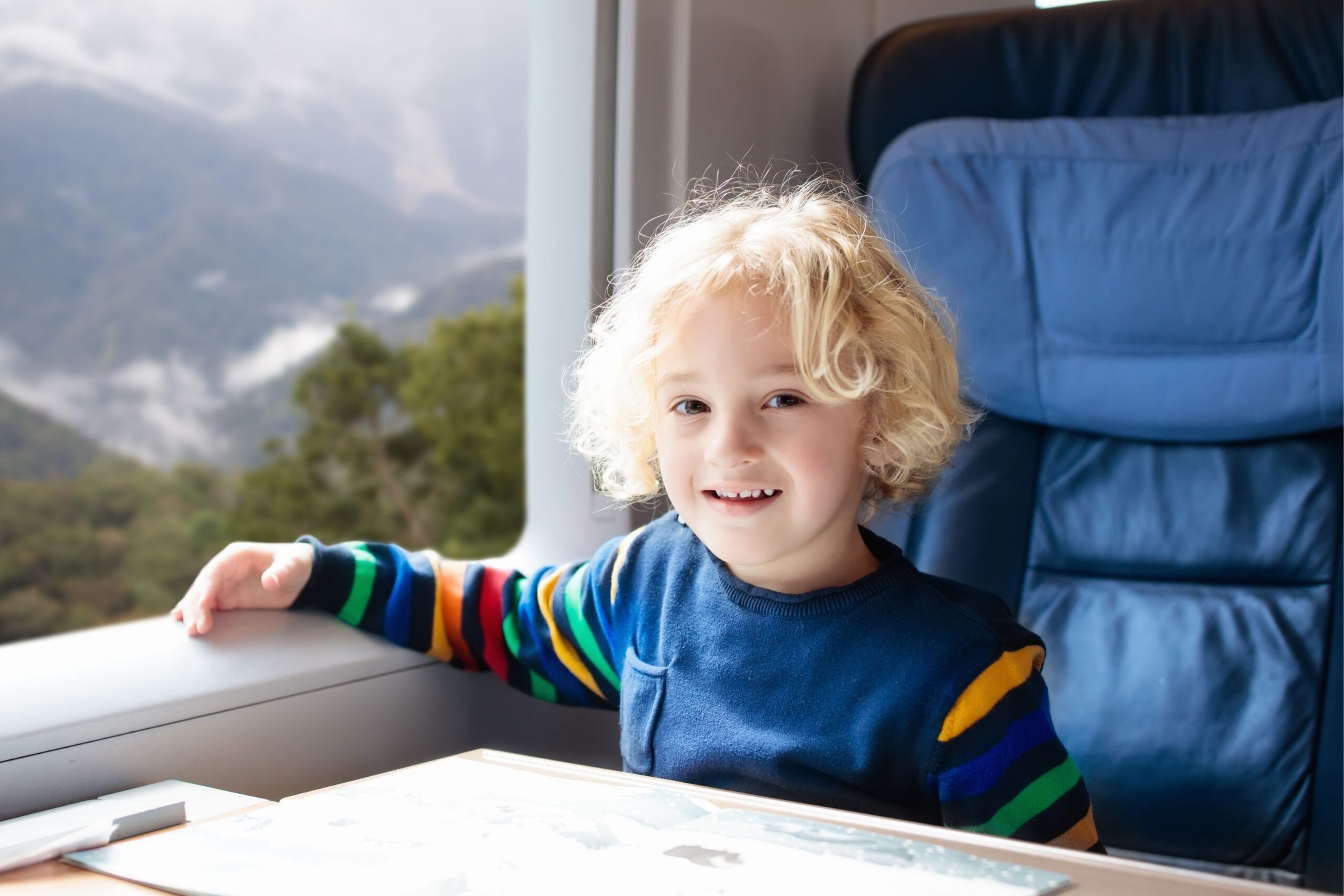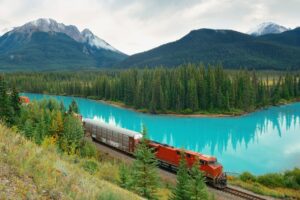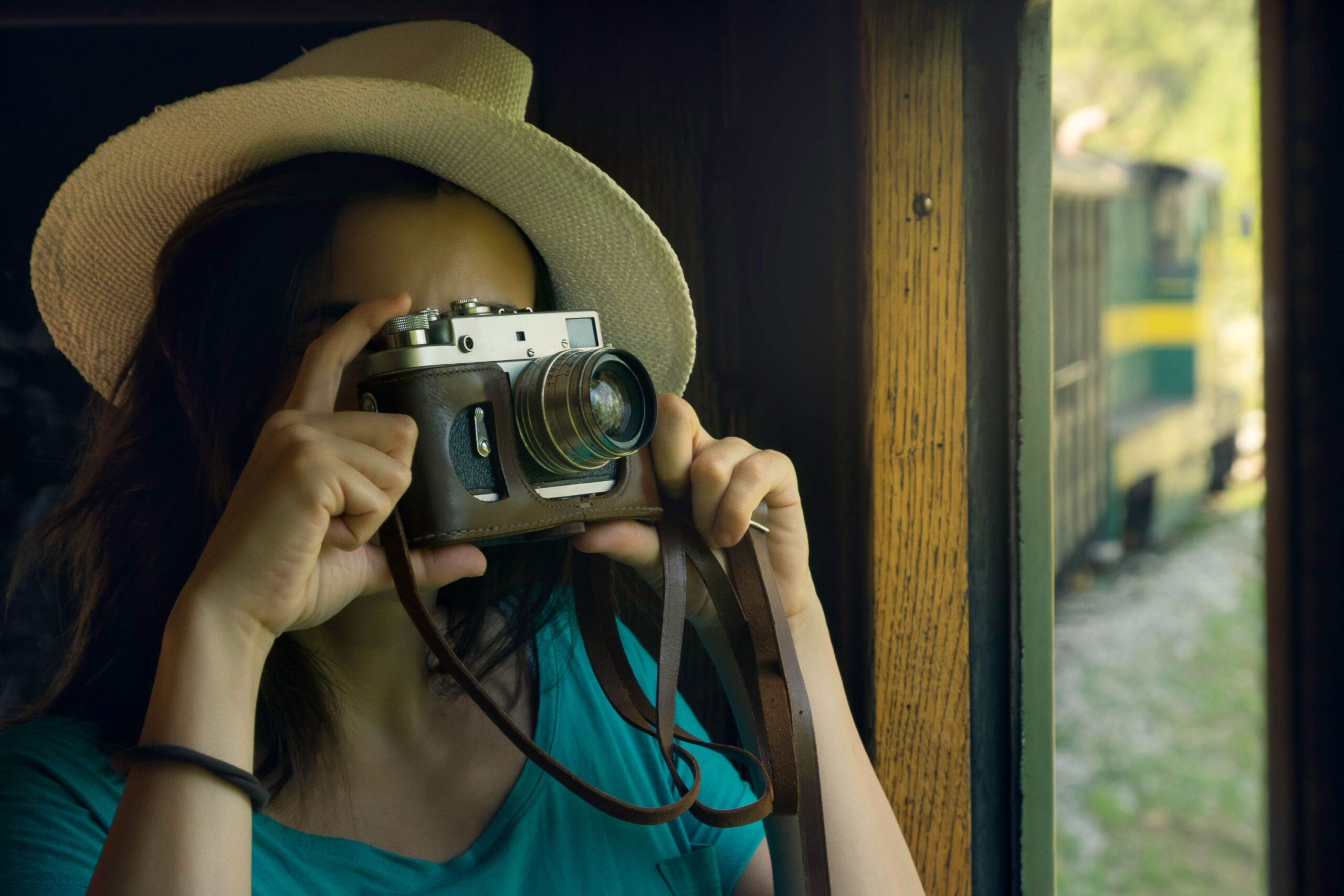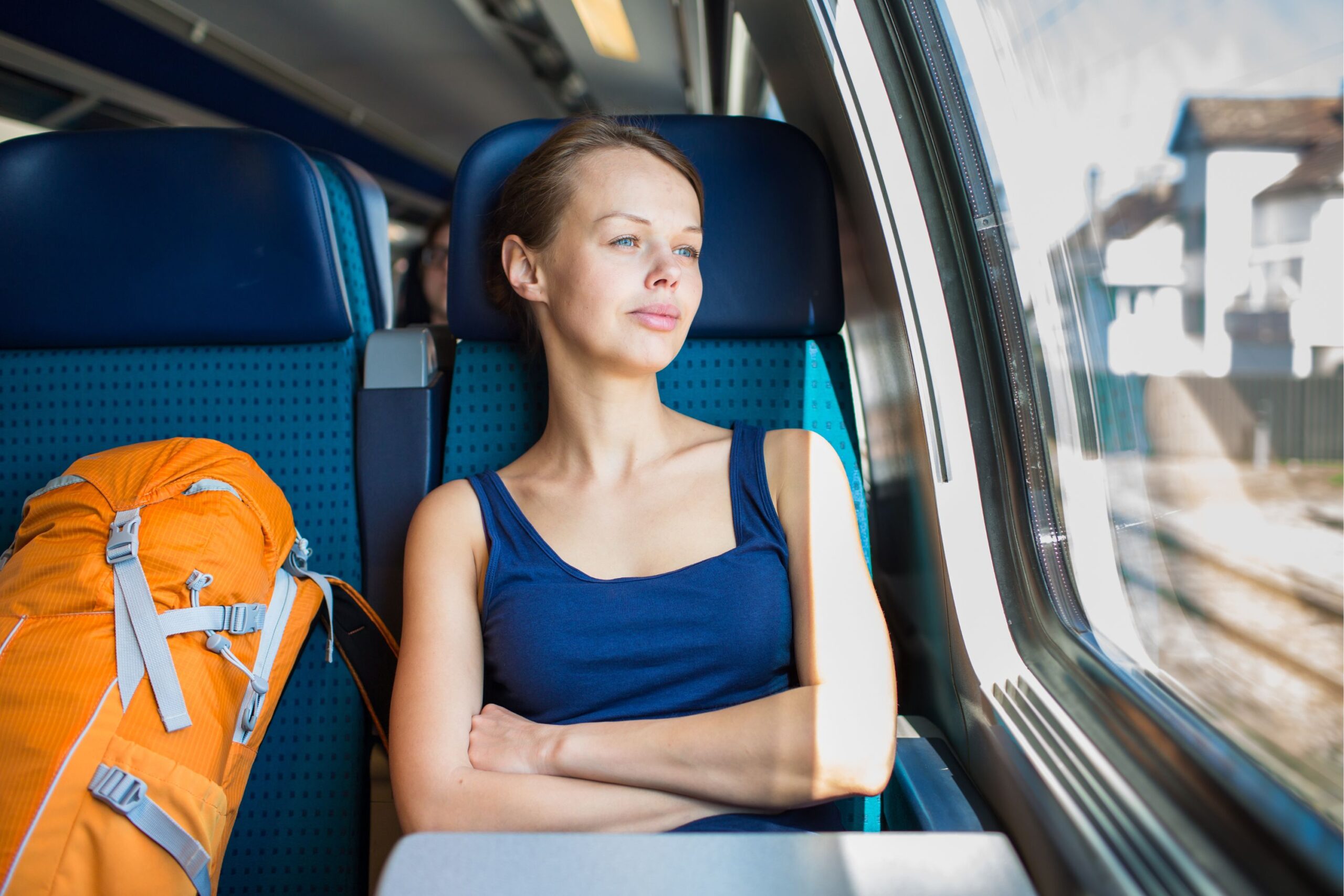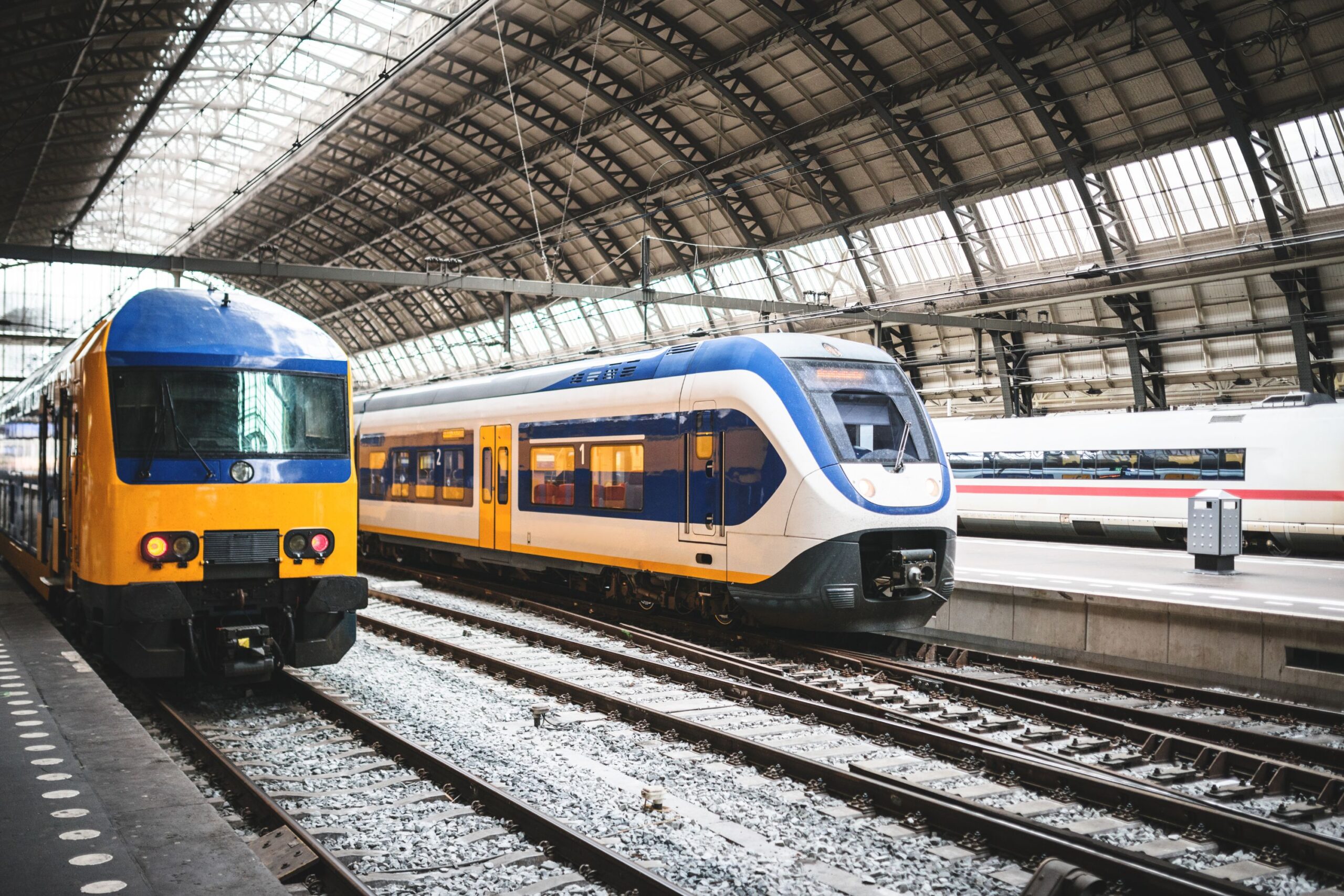Embarking on a train journey isn’t just about reaching your destination; it’s an opportunity to witness the world outside your window transform into a canvas of stunning landscapes.
Capturing these fleeting moments with your camera can result in truly mesmerizing photographs. In this guide, we will take you on a photography expedition, sharing valuable tips on how to capture breathtaking photos from moving trains.
From selecting the right equipment to mastering camera settings and composition techniques, we’ll equip you with the knowledge you need to create captivating train window photography.
Equipment Selection:
Camera Choice: While modern smartphones can produce impressive photos, a digital camera with manual controls offers more creative freedom. A mirrorless or DSLR camera is ideal for adjusting settings like aperture, shutter speed, and ISO.
Lenses: Opt for a versatile zoom lens to capture both wide landscapes and distant details. A lens with image stabilization can help counteract the train’s vibrations.
Tripod: If possible, a compact tripod can help stabilize your camera during longer exposures, resulting in sharper images.
Camera Settings:
Shutter Speed: Use a faster shutter speed to freeze motion and counteract the train’s movement. A shutter speed of at least 1/250th of a second is a good starting point.
Aperture: For landscape shots, use a smaller aperture (higher f-stop number) like f/8 or higher to ensure a larger depth of field, keeping both foreground and background in focus.
ISO Settings: Keep the ISO as low as possible to minimize noise in your images. Start with ISO 100 or 200 and adjust as needed based on lighting conditions.
Composition Techniques:
Leading Lines: Utilize natural lines such as railway tracks, roads, or rivers to guide the viewer’s eye through the photograph.
Rule of Thirds: Imagine your frame divided into a 3×3 grid and position key elements along the intersections or lines. This adds balance and visual interest to your photos.
Foreground Interest: Incorporate objects in the foreground to add depth and a sense of scale to your images. This could be a part of the train, a plant, or any other relevant element.
Frame within a Frame: Use windows, doors, or other elements on the train to frame the landscape outside, creating a layered and dynamic composition.
Reflections: If the train’s windows are reflective, take advantage of reflections to create intriguing and unique compositions.
Tips for Success:
Plan Ahead: Research the route and schedule to anticipate scenic spots and optimal lighting conditions.
Clean Windows: Ensure the train windows are clean to avoid unwanted reflections or blurs in your photos.
Stabilization: If using a tripod, secure it properly to prevent vibrations. If not, brace yourself against a stable surface while shooting.
Experiment with Angles: Vary your shooting angles by positioning yourself near different windows and shooting from different heights.
Patience is Key: Be patient and take multiple shots to increase your chances of capturing that perfect moment.
Capturing stunning landscapes from moving trains is a rewarding photography adventure that requires a blend of technical know-how, creative vision, and patience.
By carefully selecting your equipment, mastering camera settings, and employing effective composition techniques, you can turn your train journey into a gallery of breathtaking images.
So, the next time you find yourself gazing out of a train window, camera in hand, you’ll be well-equipped to capture the magic of the passing landscapes.

